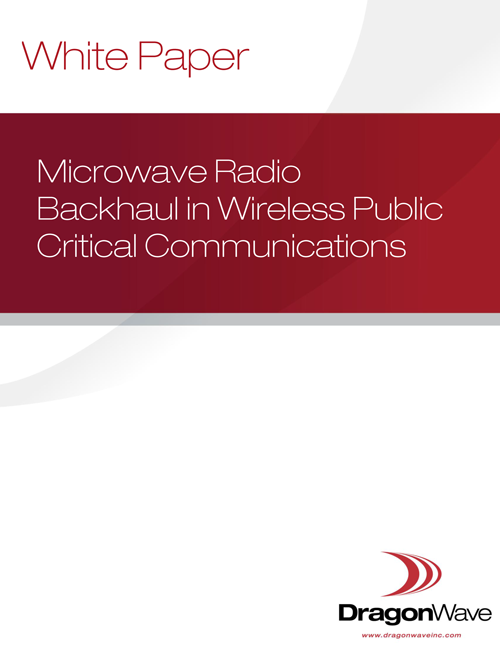For the viewing of PDF files, download the latest Adobe Reader.
Abstract:
Wireless public safety networks[1] are in a flux, driven by emerging user requirements and expectations, such as live bidirectional video streaming and the real-time uploading and downloading of high-resolution pictures. These high data rate services call for an air interface throughput that lies one or even two orders of magnitude beyond the modest 10-150 kbps service capability of the legacy Time Division Multiplex-based radio access and data backhaul architectures supporting the majority of today’s wireless public safety networks.
At the same time, while evolving towards multi-megabit-per-second throughputs, traditional values of public safety networks must be upheld. If remote and sparsely populated areas are to be illuminated with dependable service, service latency has to remain low and service availability needs to be exceptionally high. In addition, the network has to be both resilient against physical and cyberattacks or natural disasters and meet the highest standards in terms of network integrity and data confidentiality.
This article explains why the third generation of rugged, all-outdoor, high-capacity packet microwave radios is an ideal backhaul engine for wireless public safety networks. As a secondary goal, it will examine why LTE[2] stands a good chance of powering the air interface of broadband-enabled wireless public safety networks.
[1] Also referred to as Emergency Service Networks or ESNs.
[2] Long Term Evolution as standardized by 3GPP, the 3rd Generation Partnership Project.
Product: Harmony Enhanced
Document Type: White Paper
Sort Date: Monday, November 16, 2015
Cover Image: 

